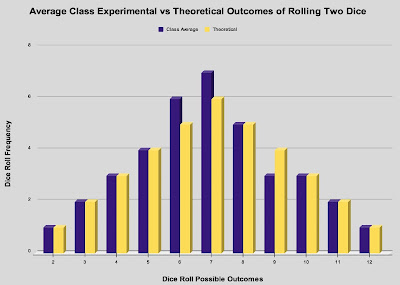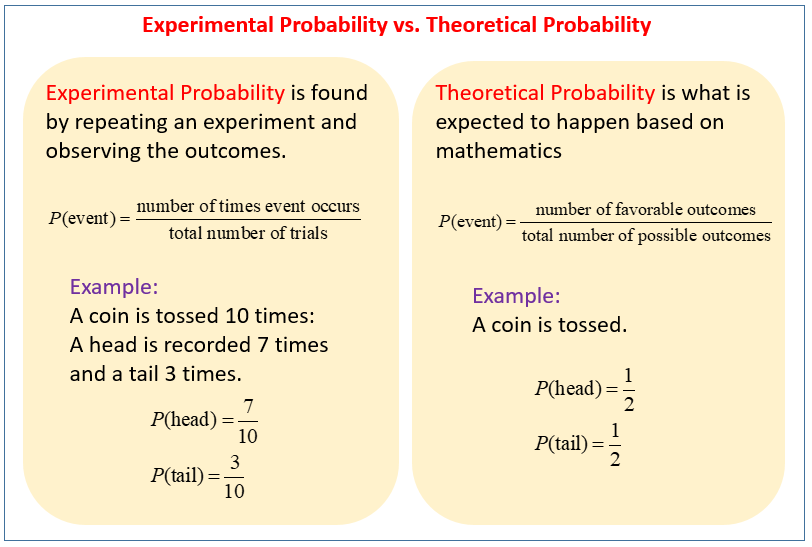Today We Discussed:
We used today's class to finish our discussion about probability, and to work on finishing projects. All students are encouraged to type their conclusions using Google Docs. Reminder, the finished project should include the following items:- Rubric
- Printout of Data from 3 Trials of Rolling Dice
- Summary of Trial Data
- Frequency Tables (4)
- Theoretical Outcomes
- Histogram Containing 3 Trials
- Histogram of Trial Averages vs Theoretical Outcomes
- ThinkSheet
- Written Conclusion (Typed preferred)
Sections Covered in Textbook:
None
Resources & Tutorials:
1) Project Packet (if needed)2) Discussion Questions (if needed)






